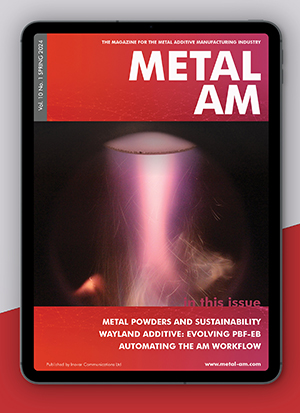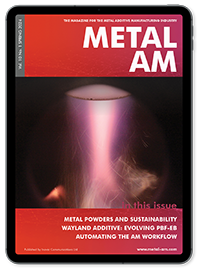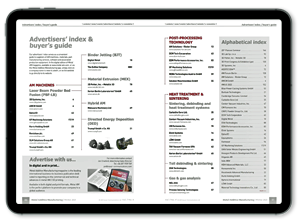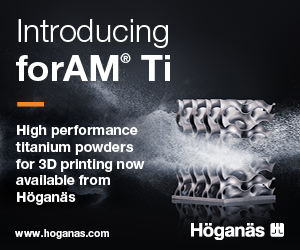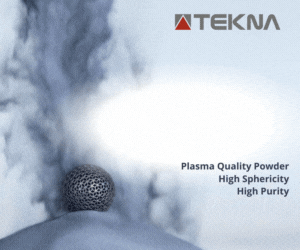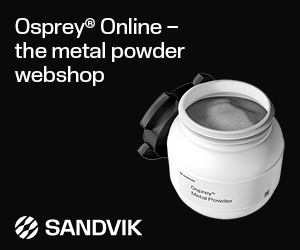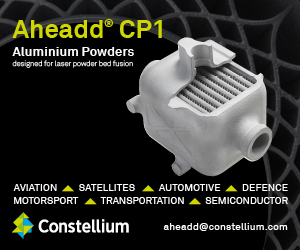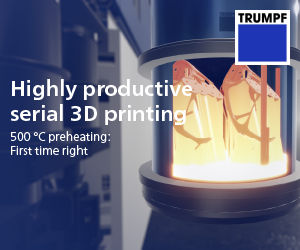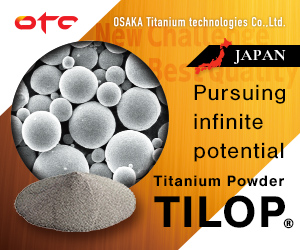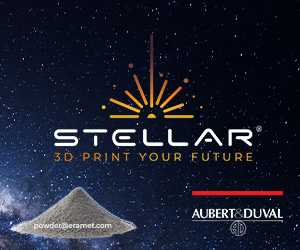Washington State develops infection-resistant implants with Additive Manufacturing
December 6, 2023

Researchers at Washington State University (WSU) have developed a novel surgical implant using Additive Manufacturing that was reportedly able to eliminate 87% of bacteria causing staph infections during laboratory tests. This implant maintains strength and compatibility with surrounding tissue, similar to current implants.
The work, published in the International Journal of Extreme Manufacturing, could potentially enhance infection control in numerous routine surgeries (e.g., hip and knee replacements) which are performed globally on a daily basis. Bacterial colonisation of the implants is a leading cause of implant failure and poor surgical outcomes.
The WSU researchers used AM technology to add 10% tantalum, a corrosion-resistant metal, and 3% copper to the titanium alloy typically used in implants. When bacteria comes into contact with the copper surface of this material, almost all of their cell walls rupture. Simultaneously, the tantalum promotes healthy cell growth within the surrounding bone and tissue, leading to faster healing for the patient. The research team spent three years conducting a comprehensive study of their implant. They assessed its mechanical properties, biological and antibacterial response in both lab settings and animal models. Additionally, they studied its wear to ensure that metal ions from the implant would not wear off and migrate into nearby tissue, potentially causing toxicity.
“Infection is a problem for which we do not have a solution,” stated Amit Bandyopadhyay, corresponding author on the paper and Boeing Distinguished Professor in WSU’s School of Mechanical and Materials Engineering. “In most cases, the implant has no defensive power from the infection. We need to find something where the device material itself offers some inherent resistance — more than just providing drug-based infection control. Here we’re saying, why not change the material itself and have inherent antibacterial response from the material itself?”
Titanium materials, used for hip and knee replacements and other surgical implants, were developed more than fifty years ago. However, these materials are not effective in combatting infections. Surgeons often pre-emptively treat with antibiotics, but life-threatening infections can occur immediately after surgery or even weeks/months later as secondary infections. When an infection forms a fine film on an implant, doctors typically try to treat it with systemic antibiotics. However, in about 7% of implant surgery cases, doctors are forced to perform a revision surgery. This involves removing the implant, cleaning the area, applying antibiotics, and installing a new implant.
“The biggest advantage for this type of multifunctional device is that one can use it for infection control as well as for good bone tissue integration,” added co-author Susmita Bose, Westinghouse Distinguished Professor at WSU. “Because infection is such a big issue in today’s surgical world, if any multifunctional device can do both things, there’s nothing like it.”
The researchers are persistently working to enhance the bacterial death rate to exceed the standard of 99%, without affecting tissue integration. Additionally, they aim to ensure the materials provide robust performance under realistic loading conditions that patients may experience, like hiking with a knee replacement.
The researchers have collaborated with WSU’s Office of Commercialization and filed a provisional patent. This work, funded by the National Institutes of Health, involved collaboration with researchers from Stanford University, California, and WSU’s College of Veterinary Medicine.
Read the full report here.
Download Metal AM magazine
